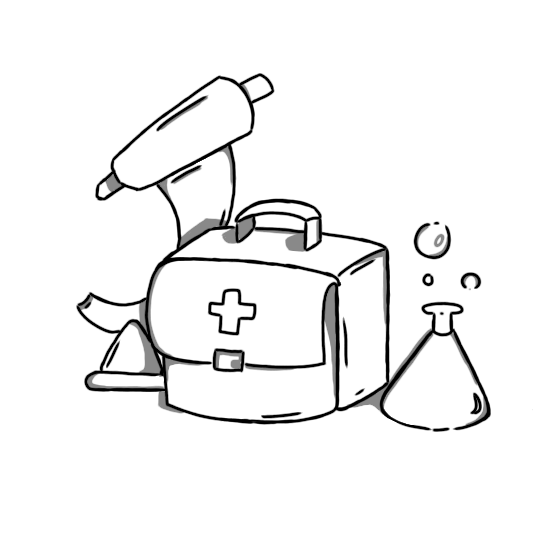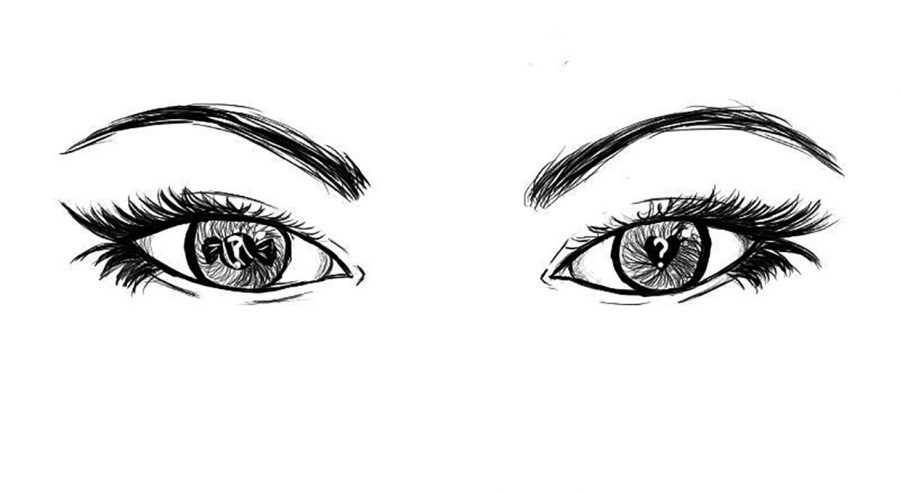Now that summer’s coming to an end and the school year is starting back up, that means the opportunity to get naturally tan is ending in just a few short weeks. However, many people want to maintain their sun kissed glow throughout the year.
According to the Centers for Disease Control, 21 percent of all high school women have gone indoor tanning.
The most common method of sunless tanning is lying in a tanning bed, but that has many known health risks. Other products that can be used are tanning creams or lotions.
An alternative to sun bathing or tanning in a bed is spray tanning. Spray tans can be applied at most tanning salons.
The average spray tan can last up to ten days, compared to having to tan multiple times a week in a tanning bed.
Spray tanning was considered a safe alternative to sun bathing, but this may not be true.
Some possible risks to spray tanning may include an allergic reaction, emphysema, worsened asthma and the chemicals of the spray getting into the eyes or mouth.
The solution used for spray tans contains the chemical dihydroxy-acetone, or DHA. DHA is approved by the FDA as an ingredient in self tanning lotions and creams, but not for whole body spray tans.
DHA is a colorless 3-carbon sugar that causes a chemical reaction with amino acids. When generously applied to the skin, the result is a darkened skin. DHA sunless tanning has been recommended by the American Academy of Dermatology, American Medical Association and Skin Cancer Foundation as a safer fix to sun tanning.
Dr. Reey Panettieri, a toxicologist and lung specialist at the University of Pennsylvania’s Perelma School of Medicine, said, “The reason I’m concerned is the deposition of the tanning agents into the lungs cold really facilitate or aid systemic absorption –that is, getting into the bloodstream.”
Dr. Leyda Bowes, a dermatologist from Miami, also said, “When you do the spray tanning using dihydroxy-acetone, there could be a risk that if it is absorbed or inhaled, it could be affecting the lungs but also circulation in other organs.”
Another raising concern is the affect of DHA in DNA and other cells, DHA can change the cells to promote the development of cancers.
“What we’re concerned about is not so much that creates the reaction that creates the tanning, but reactions that may occur deeper down with living cells that might change DNA,” said Dr. Lynn Goldman, the Dean of public health at George Washington University.
In any spray tan solution, there can be up to forty chemicals and ingredients. DHA may not be the only harmful chemcial.
It’s important, when and if you decide to still get a spray tan, to protect the eyes and mouth from the dangerous chemicals. Also remember that a spray tan has no sunscreen in it’s ingredients, so it’s still important to wear sunscreen or makeup that contains SPF when going out in the sun to protect your skin from UV rays.

















